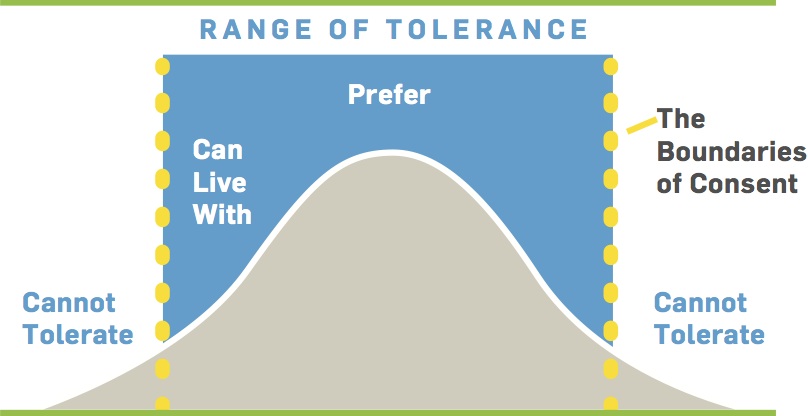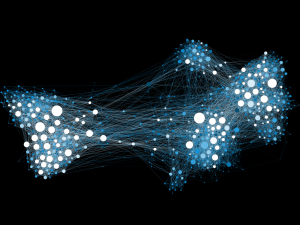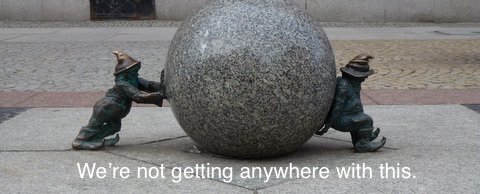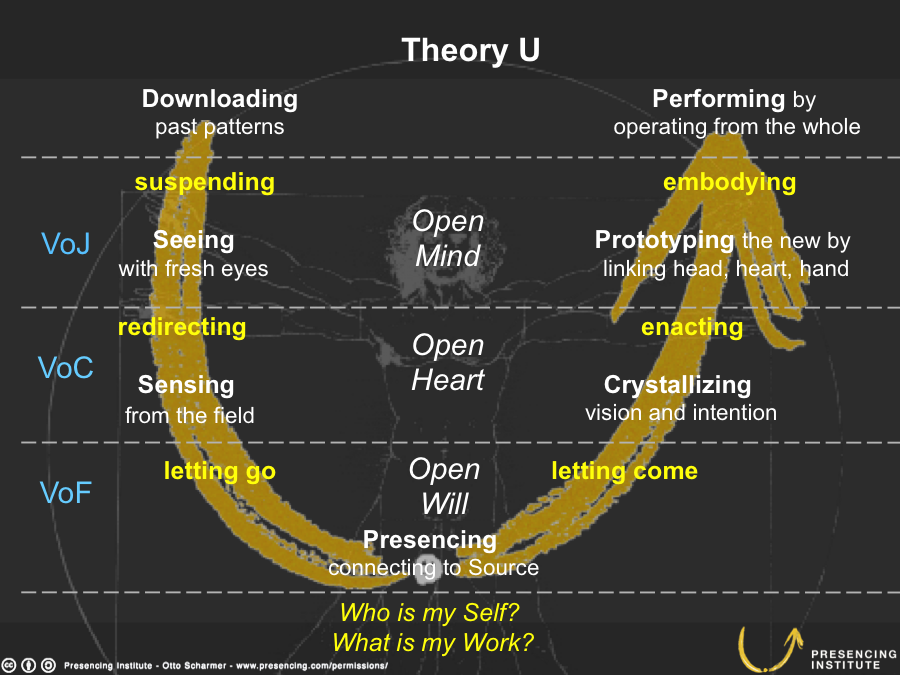This is Part 2 of a series in response to the US elections, and Brexit. Read Part 1: The Path Forward is Under Our Feet
In the aftermath of the U.S. elections, one thing is clear:
Most Americans are remarkably in agreement with the idea that the current political and economic systems simply are not generating well-being, prosperity, or security for the vast majority of us. We want real change.
People have different and contradictory ideas about the root causes of the problems, and about what they think or feel could make our large-scale systems better. This is what makes the problems we face as a society complex and dynamic, what’s known as “wicked problems.”
The science of complexity states that for one system to deal effectively with another it must be of the same or greater complexity. Throughout our world, not just in national politics, we’re seeing that “top-down” solutions are not sufficient to meet the needs of complex problems. (Not even for the people at the top!) While it’s true the head of state will have a major effect on the whole system; it’s also true that real success and innovation depends on inclusive processes that bring in voices from across systems — those who are responsible for decisions and those who are impacted by them — to work collaboratively.
An Evolutionary Step in Participatory Democracy
Here at Circle Forward, we see governance networks as an evolutionary step in participatory democracy. In these cross sector, multi-stakeholder governance networks people are addressing systemic problems, and government is one voice among many stakeholders at the table. These governance networks match the complexity of the problems they’re set up to solve.
The Circle Forward team would like to share a few constructive steps to support these emerging governance networks.
1. Stop framing our most complex issues as binary choices (“either/or”)
When we are talking about changing “the system,” we are talking about something that, by definition, is highly interconnected and interdependent. Complex systems, like the economy or climate, are not spectator sports, and they are not going to be resolved by choosing between competing platforms. We cannot ignore or suppress the “other side.” If people’s needs are not considered, the will resist! The challenges of resistance make is so that, in the end, even if we win, we lose.
Furthermore, trying to maintain a consistent “platform” in ever-changing, complex conditions is fruitless. The best solutions emerge from the particular context and are continuously adapting in response to new feedback. Distributed governance networks can provide the spaces for local solutions to emerge that are more integrated and produce more adaptive behavior.
2. Commit to the Principle of Consent
The old ways of problem solving and decision-making, like majority rule, are not going to cut it in complex, multi-stakeholder “ecosystems.” Systems that ignore feedback will break down over time. The Consent Principle is being picked up in multi-stakeholder initiatives, and those in the local food movement are among the early adopters.
Although people initially might resist the idea that decisions can get the buy-in of the whole group, our clients know the Principle of Consent works (watch the North American Food Systems Network webinar: “Circle Forward” — Innovations in Collaborative Governance). 
Consent means that a decision has been made when none of the decision-makers has any significant objections to it; in other words, there are no conditions that would put the group or person out of their range of tolerance, and no one can identify a risk that the group cannot afford to take.
Objections are treated as feedback from the different parts of the system, rather than as “blocks.” An objection is supported by reasons that can be understood by other members. This does not mean you finally win or convince somebody to see it your way. The intent is to understand those reasons – the risks that we cannot afford to take. The group adapts their proposals to bring the group back within a range of tolerance. Through the process, new solutions will emerge.
3. Build social capital.
Social capital is the value and quality of life that comes from our connections and networks with other people. Changing systems, in practical terms, means changing the relationships between the people that make up those systems.

While strengthening the bonds and commitments with our allies can help us work more efficiently together, bridging separate social networks is the best part of governance networks. When people work collaboratively across sectors and from different parts of the system, with processes that create equity among the different voices — then, real innovation and change can happen!
Individuals and organizations that serve as “bridges” and “connectors” create the conditions to address complex issues; we see and do things together that we could not see and do in separation.
Like any endeavor, the upfront costs are high for building critical new social connections, in time especially; but as trust develops and grows, the costs go down. Social networks are the connective tissue of governance networks and collaborative governance.
Research is showing how accountability increases through authentic engagement and through shared norms for behavior. And, with good facilitation or mediation, conflict becomes a catalyst for positive change. The policies that all the stakeholders in a system shape together will be much more resilient and effective over time.
4. Accept that We Must Each Do Our Own Inner Work as We’re Moving Forward in the Outer Community.
Einstein famously said, “we can’t solve problems by using the same kind of thinking we used when we created them.” The Presencing Institute, at MIT, proposes that: “the quality of the results that we create in any kind of social system is a function of the quality of awareness, attention, and consciousness that the participants in the system operate from….We cannot transform the behavior of systems unless we transform the quality of awareness and attention that people apply to their actions within these systems, both individually and collectively.”
In their book Leading from the Emerging Future, Otto Scharmer and Katrin Kaufer describe three “openings” needed to transform systems:
- Opening the mind (to challenge our assumptions),
- Opening the heart (to be vulnerable and to truly hear one another), and
- Opening the will (to let go of pre-set goals and agendas and see what is really needed and possible).
The Theory U framework and mindset is what allows multi-stakeholder governance networks to bridge differences and make decisions by consent.
5. Share Stories
Perhaps you, or your organization, are among those leaders who are bridging and connecting networks across sectors and traditional boundaries already, be it economic development, poverty, criminal justice, health, arts, education, agriculture, climate change, or something else.
The stories we tell each other right now are critical! Stories build trust, and open us to new possibilities. They provide quality feedback that helps us empathize with what is out of each other’s range of tolerance.
Stories, even more than rules, shape positive norms for behavior that change the way systems work. They are the glue that hold governance networks together for the long haul.
Taking steps forward
We are sharing this blog series to open hearts, minds, and wills to the story of how our governance networks are the connective tissue of a new kind of democracy. Rather than protest the people in power, we become the people in power. The path forward is under our feet.
Researchers around the globe are documenting the factors that increase effectiveness and the democratic legitimacy of governance networks. This Emerging Network Governance Vision came out of a shared effort called the “Emerging Network Governance Initiative” aka “Governance Futures” early in 2019.
At Circle Forward we envision a renaissance of sovereign people who acknowledge their interdependence, and govern by consent, in systems designed for complexity, healing, regeneration, well-being, equity, and future generations. This is why we provide leaders and social innovators the guidance, facilitation, coaching, training, and design spaces for working in the complex space of governance networks.



